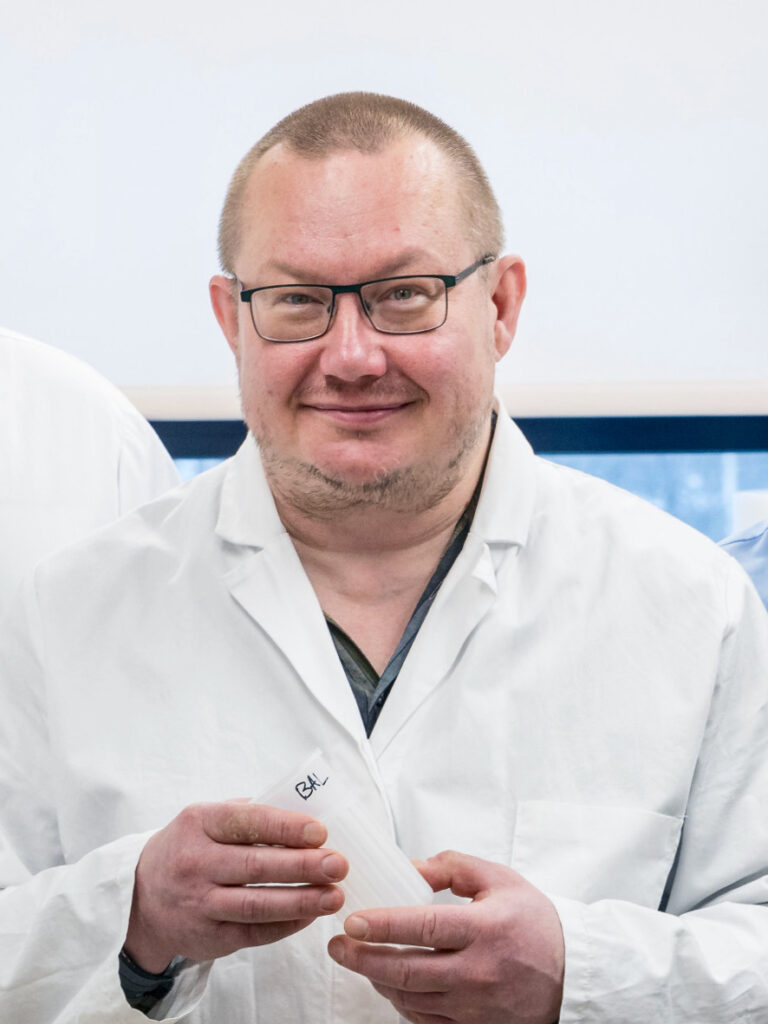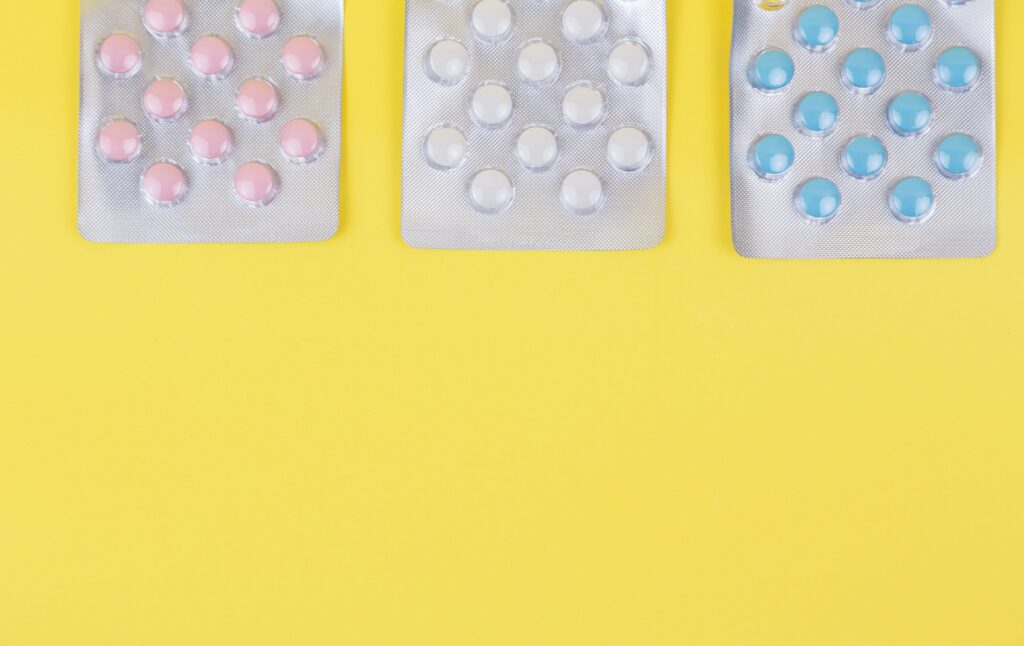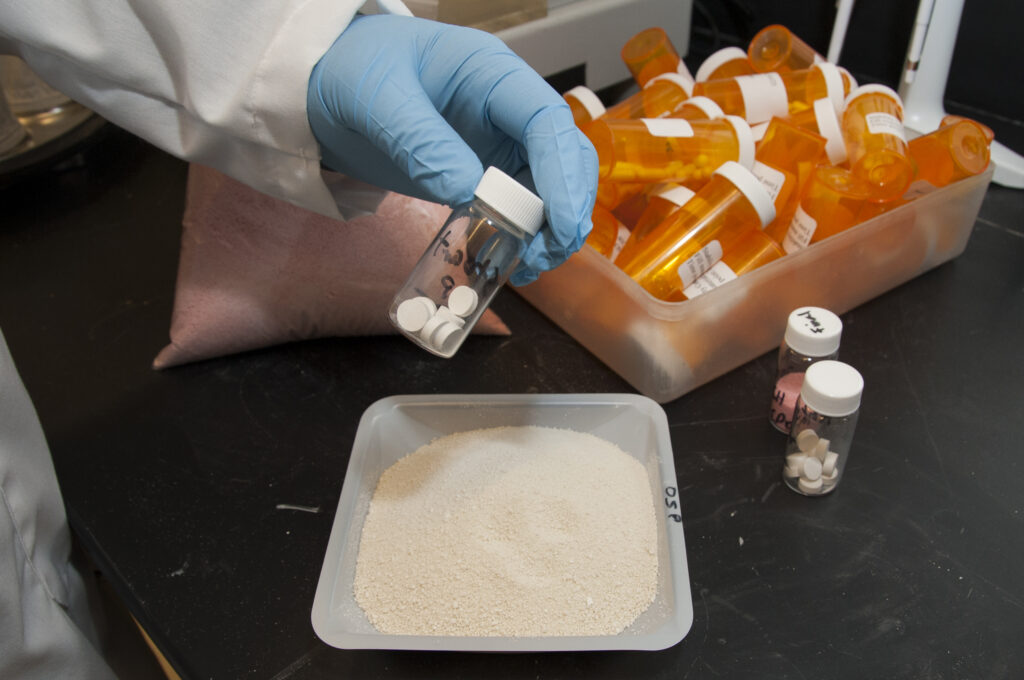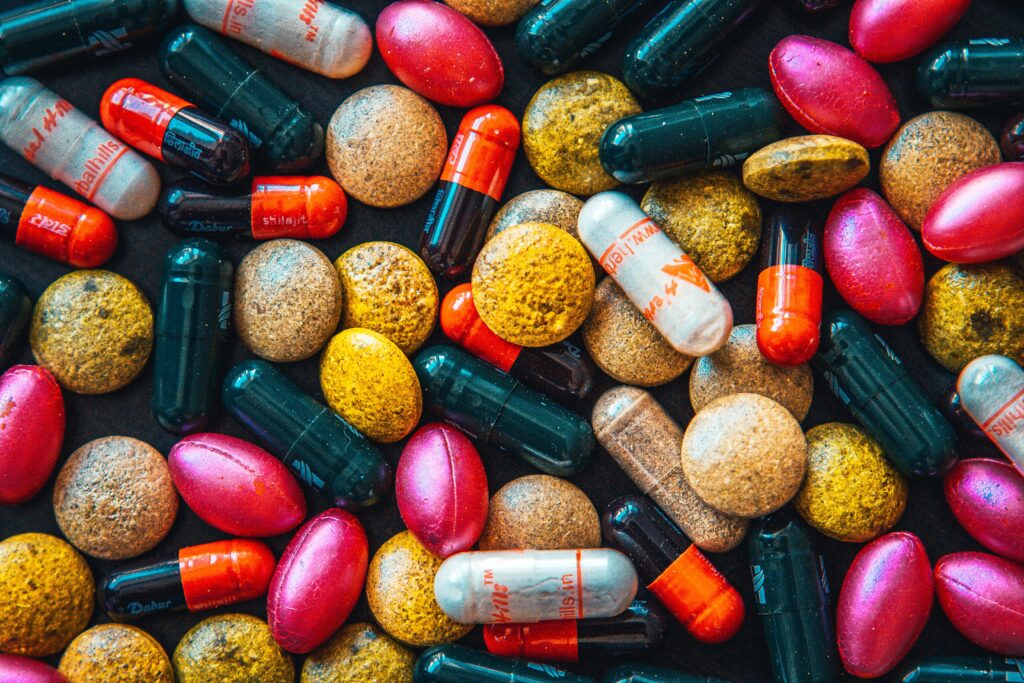University of Tartu (UT) researchers recently wrapped up a three-year study on the use of antibiotics and antibiotic resistance in human and veterinary medicine, as well as the spread of antibiotic residues in the environment. The day when medicine no longer finds enough help from antibiotics may be just around the corner, says professor Tanel Tenson in an interview.
This interview was originally conducted in Estonian for the Universitas Tartuensis magazine, and has been lightly edited for clarity.
This summer saw the completion of a significant three-year research study entitled “Routes for development and spread of antibiotic resistance and resistance containment measures”, led by UT professor of technology of antimicrobial compounds, Tanel Tenson. He says that although bacterial antibiotic resistance in Estonia is lower than the EU average, it is still a cause for concern.

In human medicine, doctors are very careful not to overprescribe antibiotics.
For the most part, this is the case, but there are shortcomings. Similarly, if antibiotics are used in livestock farming, their harmful effects will reach humans decades later. It is a long process.
Why are cattle and chickens fed antibiotics?
First of all, to treat them, just like in humans. Unfortunately, we suspect it is also sometimes used to prevent disease, even though it is officially banned.
The chickens are cramped in small cages, and they all get some antibiotics?
There is the temptation, yes. The larger the flocks, the more animals are kept together, the faster infectious diseases spread. In pig farming, in cattle farming – antibiotics are used everywhere. The question is how to make diseases spread less on the farm. There are many risk factors.
In the European Union, antibiotics are only allowed in livestock farming for therapeutic purposes.
So you should not give each chicken a drop of antibiotics as a preventive measure?
No. It may be interesting to know that animals will grow faster if you give them antibiotics below the therapeutic concentration. Nobody can explain it very well, but this property of antibiotics was discovered quite soon after they were introduced – animals started to grow faster.
Could this also be the cause of the human obesity epidemic?
To some extent, certainly. Several major studies around the world have linked childhood obesity to antibiotic use.
So, if you want to raise a chubbier pig, mix a small dose of antibiotics into the feed, and there you have it?
Yes. This was already noticed back in the 1950s.
While in Europe, antibiotics are only allowed to be used in animals for therapeutic purposes; in the US, they can also be used for faster fattening?
Unfortunately so. Regulations and practices vary widely from country to country. The presidency of Donald Trump gave a very serious setback. “What antibiotic resistance”, he said, “stop bullying farmers!”

Why are we talking about antibiotic resistance leading to a crisis?
The problem is that our diseases will no longer be curable. We are not getting enough new antibiotics. Most antibiotics date back to the 1940s–1960s, and very few have been developed since then.
Why?
There are several reasons. The first reason why antibiotics stopped being developed was that there was a feeling that we had everything.
The world was finally complete?
With other medicines, such as cancer drugs, there is no problem with resistance spreading from one person to another. What happened with antibiotics was that resistance developed and started to spread rapidly.
So, in case of antibiotic resistance, new germs emerge that do not bat an eye to antibiotic treatment, so the disease keeps spreading?
That is right. These germs will keep growing. The problem is that the pharmaceutical industry is not interested in developing something that cures, but rather drugs that alleviate chronic diseases. Their main revenue comes from alleviating chronic diseases.
Blood pressure drugs…
…psychiatric medicines. People keep on taking them. For antibiotics, the health insurance funds have not been willing to pay very large sums of money; there has been the principle of preferring what is cheaper. It is not profitable for pharmaceutical companies to develop antibiotics. Business models should be different.
The second thing: we have two or three new antibiotics. But what do the doctors do? They put these antibiotics in reserve for particularly difficult cases. This is certainly a very responsible thing to do. But from a commercial point of view – sales go down.
Doctors try to make do with what they have, and then these new ones are in reserve, like the HIMARS, which are used when there is nothing else left.
Exactly. There has been a debate in the world for the last five to 10 years that medical systems could buy the right to use new antibiotics, but not the drugs themselves. You buy the right to use this antibiotic if the need arises. This would take the pressure off the manufacturer to sell new antibiotics. Instead, we could keep them in reserve for as long as possible.
What has come of this debate?
The debate continues. I don’t think it would be a bad model for antibiotics at all. The company does not have to deal with sales and advertising, but we can use the antibiotic if necessary.
Huge sums of money are being put into developing new drugs.
They say that a new drug could cost a billion euros, two billion euros or more. It depends on the methodology used to add up the costs.

What did your research team learn about the situation in Estonia from this recent study?
Half of our consortium consisted of experts in human medicine: microbiologists from the Faculty of Medicine and their partners from Tartu University Hospital and other hospitals. Another part are representatives of veterinary medicine, the Estonian University of Life Sciences and the Veterinary and Food Laboratory. We also looked at the environment – the university’s Testing Centre studied how antibiotic residues spread in the environment.
We wanted to see how antibiotics are used in human and veterinary medicine and how their residues spread in the environment. The spread of antibiotic resistance was also an important research question.
What was the biggest surprise?
In Estonia, antibiotics are used less often than the EU average, and antibiotic resistance is lower. Unfortunately, we see the easy adoption of newer, broader-spectrum antibiotics, even in cases where older drugs would still work.
Unnecessarily heavy weapons for a relatively easy battle.
That was the concern we saw.
Why is that a concern?
Resistance has to be kept at bay. You cannot use the most powerful weapons in the battle against resistance – it is not the best idea to go to the patient with the last line of antibiotics and create resistance. As long as the simpler and older drugs still work, use them.
Antibiotic treatment is a double-edged sword. The doctor has to think about how to best treat the patient. But at the same time, resistance has to be kept under control. We should not skip a few steps on the ladder and go for the newest drugs but keep them in reserve.
Antibiotic use varies significantly between Estonian hospitals. I cannot pinpoint the reasons at the moment. This needs further research. The right antibiotic has to be used at the right time and in the right amount. Ensuring adherence to treatment guidelines requires continuous awareness-raising. There should be an infection control service in every hospital, but smaller ones often do not have it.
What is happening with antibiotics in veterinary medicine?
We are below average in the European Union in terms of antibiotic use in veterinary medicine. But we have had one big worry, which was known before the study. Veterinary medicine uses some antibiotics we would not like to see used at all. Third- and fourth-generation cephalosporins – Estonia ranks the first in Europe in using them.
Why?
They break down very quickly in the body, and if you have a dairy cow, you do not have to throw away the milk of a cow that has been treated with antibiotics. With other antibiotics, you have to throw the milk away for weeks. Estonian cow farmers have realised that using cephalosporins saves money.
In human medicine, cephalosporins are some of the newest antibiotics, and we would not want to see them used in livestock farming at all.
Does this antibiotic end up on our table in a milk carton?
No, rather, we select resistant bacteria in livestock farming, and they reach humans after a while. That could become a problem in 10 or 20 years.
What are the consequences?
Certain diseases can no longer be cured, as antibiotic resistance is increasing.
It is often thought that people get antibiotic residues directly from livestock farming, but this is typically not the case. Rather, at some point, the pathogens from the animals reach humans.
In the Netherlands, the methicillin-resistant Staphylococcus aureus spread from pigs to a pig farmer. The farmer’s wife was a nurse, so there was an outbreak in the hospital. I do not know how many people died there, but it was evident that the infection was carried from the farm to the hospital. This is not common, but it happens.

Today’s mistakes in livestock farming will cause huge problems in human medicine in the middle of the century.
The situation resembles Russian roulette. At some point, we get a loaded chamber. We do not know whether this will happen in 10 or 60 years. British economist Jim O’Neill has also studied the spread of antibiotic resistance and believes that by 2050 antibiotic resistance will be the world’s biggest health problem.
What about antibiotic residues in the environment?
Many antibiotics are released into the environment and stay there for a long time. In addition to antibiotics, several other pharmaceuticals end up in the environment through humans and accumulate. For example, diclofenac is all over the place – you can find it everywhere, no matter where you take a sample.
How does it harm the environment?
We do not know, but medicines are affecting other organisms. Plant protection products are a good example: they have been tested and found safe. However, as a side effect, bees have been found to die because they no longer find their homes. A healthy bee flies out of the hive but can no longer find its way back. The effects may be much more specific than our ecotoxicological tests can identify. Micropollutants have a long-term impact on our environment, and we do not know all the effects.
And even at low concentrations, pharmaceutical residues directly affect human health.
So what can we do?
The first thing to do is to use existing antibiotics as reasonably as possible. Advances in diagnostics and the introduction of new methods are essential here. Using the wrong antibiotic will not cure the infection but only lead to the spread of resistance. We also need new antibiotics.
Could there be an innovation in the future to replace antibiotics?
I think so, but I do not know how fast things will move. For many diseases, the alternative is vaccination. In addition to vaccination, purified immune system components – such as antibodies – can be used. This is a relatively expensive option but could be used for more serious infections. A rising trend is phage therapy: viruses that infect bacteria. These can be used to fight bacteria. However, bacteriophages usually have very specific host bacteria, so essentially a personalised treatment has to be developed for each patient.

